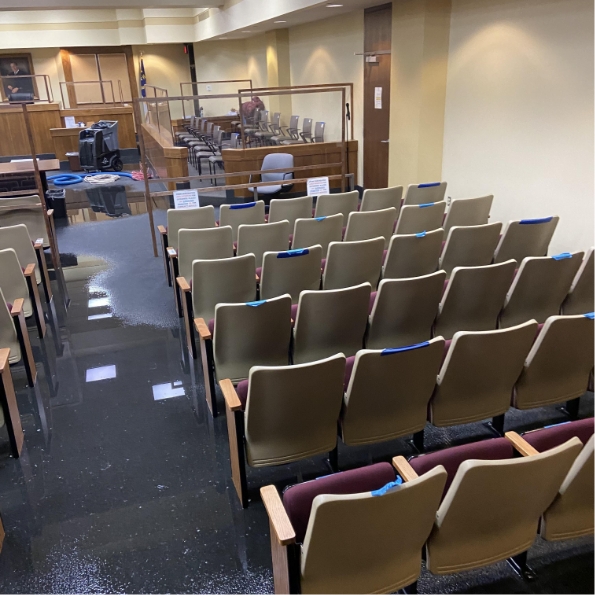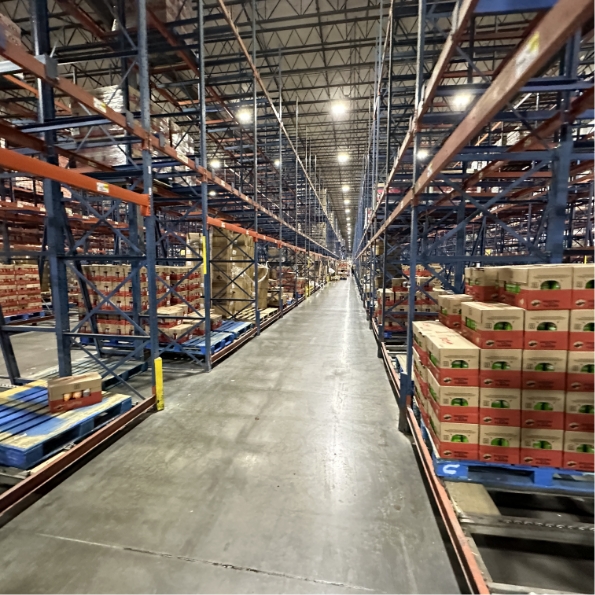Staying Prepared: Safeguarding Transit Infrastructure when crisis hits

In our current day and age, transit systems have become something that we are extremely dependent on. Whether It’s your personal car, a plane, the bus, or a train, forms of transportation are one of the most essential systems we utilize to get through our busy days. It is precisely because of this; it becomes important to understand the potential threats that could disrupt the flow of transportation. Whether it is unexpected emergencies or natural disasters, being prepared is essential to ensuring that daily operations continue as planned. This blog will discuss the potential challenges that transit infrastructure may face in the case of an emergency, and how Sasser Restoration can help prepare you for these risks.
Challenges Confronting Transit Infrastructure in the case of an emergency
So, you might be thinking, what kinds of challenges could a transit infrastructure face? Well, it depends on the type of emergency. For example, severe storms can cause many issues. With severe weather, there is the risk of significant physical damage. A severe ice storm may cause damage to the roof of a transit building and could even cause the roof to collapse, requiring a temporary roof and complete reconstruction. Along with this, things like severe rain can affect power for many transit systems, like train stations, which could limit normal operations. A severe rainstorm can also lead to issues of water damage such as roof leaks, potentially leading to mold growth, which would require an in-depth mold remediation.
Besides things like weather and natural disasters, there is also the subject of fire. Fire damage can cause significant impacts to transit infrastructure. Fires can cause severe damage to the building and any important documents. Fires can also produce a lot of smoke and soot, damaging the infrastructure’s interiors. Fire hazards can also cause overall safety and health risks to anyone utilizing or working within transit systems. For one, extensive amounts of smoke inhalation or carbon monoxide inhalation can cause serious health complications for anyone within’ the area
In addition to this, fires AND severe weather can also impact the functionality of other systems, such as HVAC Systems. Without HVAC systems, there will be no heating, ventilation, air conditioning, or air control, which can lead to moisture buildup, often promoting bacteria and mold growth, leading to serious health risks that could implicate passengers and staff.
Anything can come up and affect the seamless operation of transit infrastructures and systems. This occurrence can be inconvenient for most, so it’s imperative that we stay prepared for operations to continue smoothly and efficiently.
Being Prepared for Any Emergency with Sasser
There are a variety of challenges that could easily result in the disruption of government services—such as transportation. Having a response plan, as well as being prepared, is the number one key in being able to manage any type of unforeseen emergency that falls in your path.
Sasser Restoration is committed to providing reliable and trustworthy 24-7 emergency services, ensuring that transit systems can rely on our expertise and our advanced team to support you during a crisis. With our rapid response plans, and our services that include water damage, mold mediation, fire loss restoration, property damage, and more, you can trust that Sasser stands as an ally during times of need. Discover more about our restoration services tailored for anyone by visiting our website or giving us a call at (844) 449-1144. Let us bring your building back to life!
Contact a Sasser Professional


